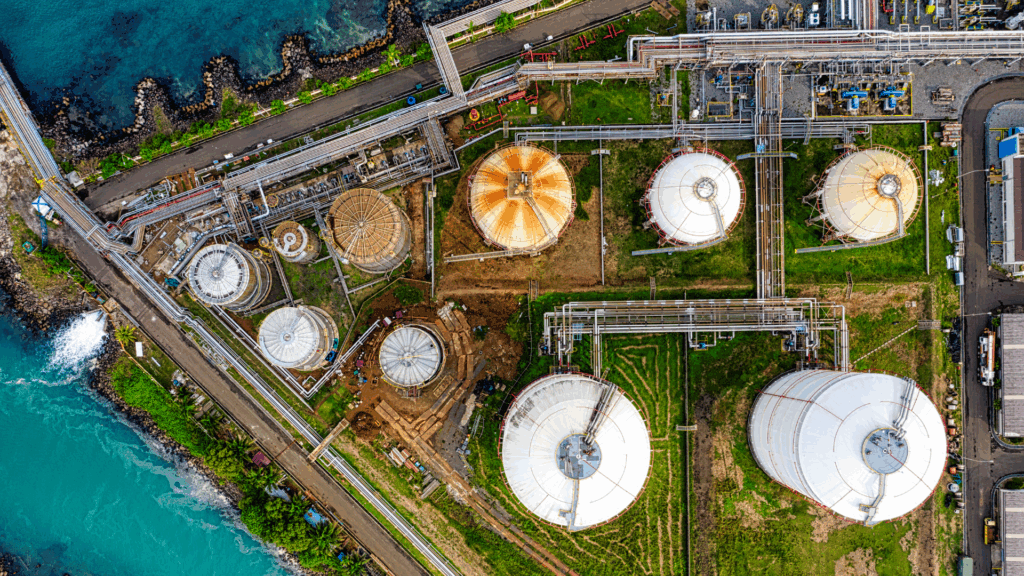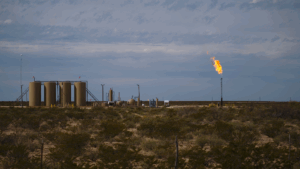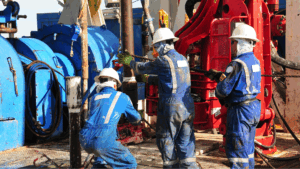Why 2025 is a Critical Year for Non-Operated Interest Owners
If you’re a non-operated working interest (WI) owner or leaseholder in oil and gas, 2025 presents both opportunity and risk. With rising rig activity in key basins like the Williston, Powder River, DJ, and Permian, coupled with fluctuating oil prices and E&P consolidation, it’s more important than ever to evaluate whether to sell your non-operated interests or lease your mineral rights.
At Eagle River Energy Advisors, we help mineral and working interest owners across the U.S. make well-informed decisions. This guide will walk you through what’s happening in today’s market, how to evaluate your options, and how to structure deals that align with your financial goals.
Current Market Trends Impacting Non-Operated Oil & Gas Interests
1. Operator Consolidation Is Changing Development Plans
Recent mergers among E&Ps have changed who controls drilling timelines—and how fast they move. If your acreage is now held by a consolidating operator, drilling may be delayed, reprioritized, or fast-tracked. These changes can significantly impact the value of your non-op interests.
2. High-Return Drilling in Core Basins
In 2025, horizontal wells in the Bakken, DJ, and Delaware sub-basin are delivering 50%+ IRRs and strong type curves. For WI and mineral owners, this means enhanced cash flow potential and higher market valuations—especially for producing or near-term development acreage.
3. Service Cost Inflation & Capital Discipline
Despite stronger oil prices, E&Ps are drilling fewer wells due to increased service costs and stricter budget controls. For non-op owners, this means capital efficiency is king—and quality, drill-ready acreage fetches a premium in lease or sale offers.
Sell vs. Lease: What’s the Best Strategy for Your Non-Operated Interest?
✅ Selling Your Working Interest: Pros & Cons
Benefits:
-
Access immediate liquidity
-
Avoid future CAPEX, AFEs, and potential liabilities
-
Simplify estate planning or portfolio consolidation
Risks:
-
Lose exposure to future drilling upside
-
Potential capital gains tax on sale proceeds
Best for:
Owners seeking to exit the asset, reduce complexity, or take advantage of strong market pricing.
✅ Leasing Your Mineral Rights : Pros & Cons
Benefits:
-
Retain long-term upside with royalty payments
-
Receive upfront bonus payments
-
Maintain control over sale timing
Risks:
-
Continued exposure to capital calls (if participating)
-
Operator delays or changes in development schedule
Best for:
Owners with high-quality acreage in active basins, looking for recurring income while retaining ownership.
5 Essentials Every Middle-Market Owner Needs to Know
1. Know Your True Market Value
Use current type curves, PDP reserves, offset well economics, and operator development plans—not generic rules of thumb—to determine real value. Our oil and gas valuation services provide accurate, basin-specific benchmarks.
2. Understand Your AFE Exposure
Selling WI eliminates future Authorization for Expenditure (AFE) obligations. If you’re leasing or retaining interest, understand your capital requirements and risk exposure clearly.
3. Choose the Right Deal Structure
From wellbore-only divestitures to production-based earnouts, customized structures let you monetize portions of your interest while keeping upside potential. Work with an advisor to structure what fits your goals.
4. Avoid Common Pitfalls
-
Accepting unsolicited offers without running a formal process
-
Failing to separate leasehold vs. mineral vs. WI value
-
Missing title or JOA review before closing
-
Overlooking operator drilling intent and timing
5. Work with a Qualified Energy Advisor
Eagle River helps middle-market owners run full marketing processes, maximize value, and avoid bad actors in the private offer market.
SEO Tip: Frequently Asked Questions (FAQs)
Is it a good time to sell non-operated oil and gas interests in 2025?
Yes—if your interests are in active drilling basins and you want to eliminate future CAPEX risk or take advantage of high market valuations.
What is the risk of holding non-op working interest?
You may be liable for cash calls (AFEs), plugging and abandonment costs, and operator decisions that reduce your returns.
Can I lease my working interest and still retain upside?
Yes, many owners opt for leaseback or joint development agreements, particularly when they want to retain exposure to future production.
Make 2025 a Year of Strategic Action
Selling non-operated working interests or leasing your mineral rights in oil and gas in 2025 requires more than reacting to unsolicited offers. It means understanding your asset’s economics, evaluating market timing, and structuring the right deal for your financial goals. With commodity prices holding and drilling economics strong in core basins, now may be the ideal time to explore your options.
At Eagle River Energy Advisors, we help working interest and mineral owners make confident, data-driven decisions. Whether you’re looking to sell outright, lease, or structure a creative divestiture, we’re here to guide you through the process.
📞 Ready to Evaluate Your Interest?
Get in touch for a free, confidential consultation with our team of upstream transaction experts.




